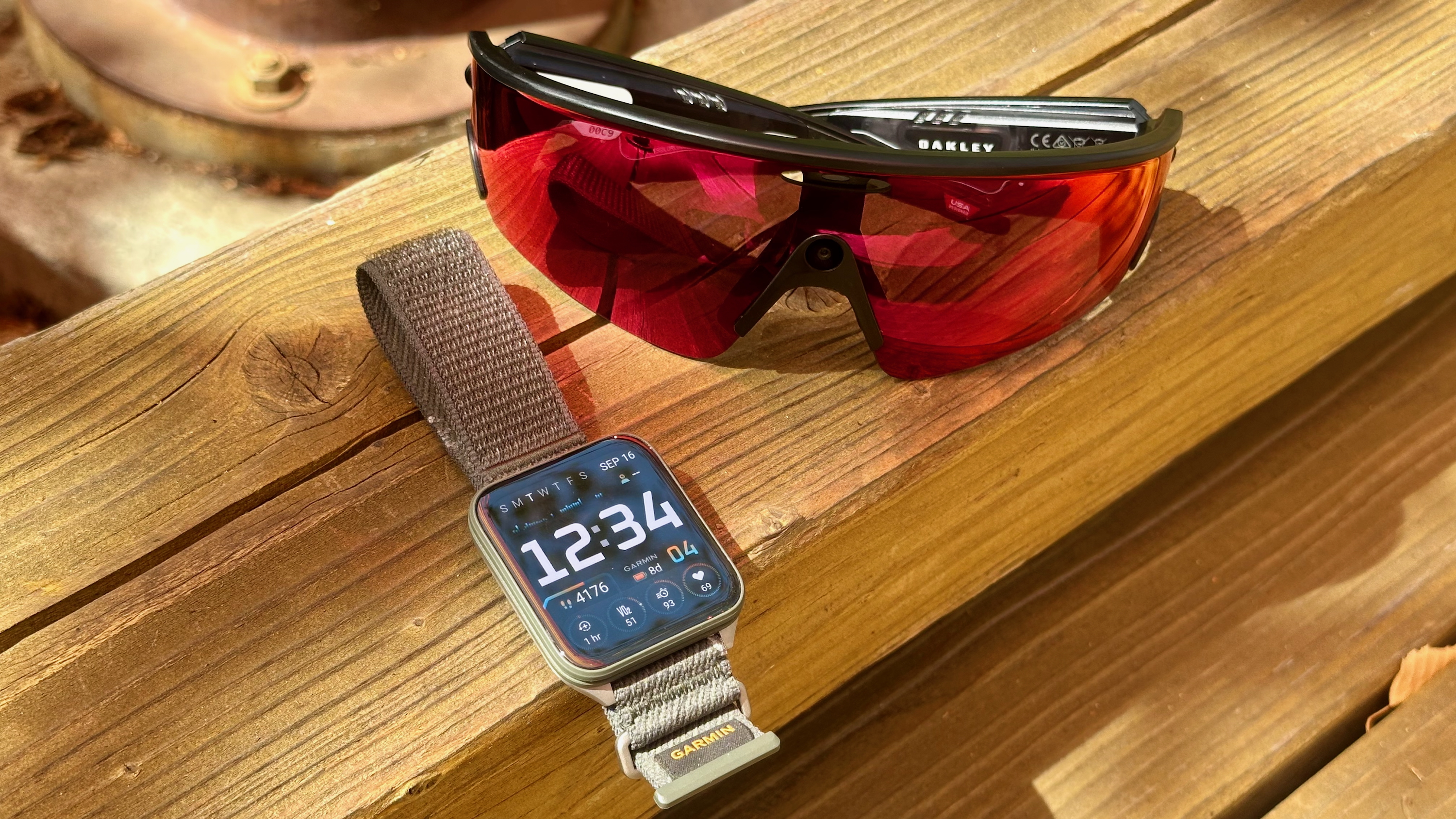Best Android TVs
Supercharge your home theater experience with the best Android TVs.
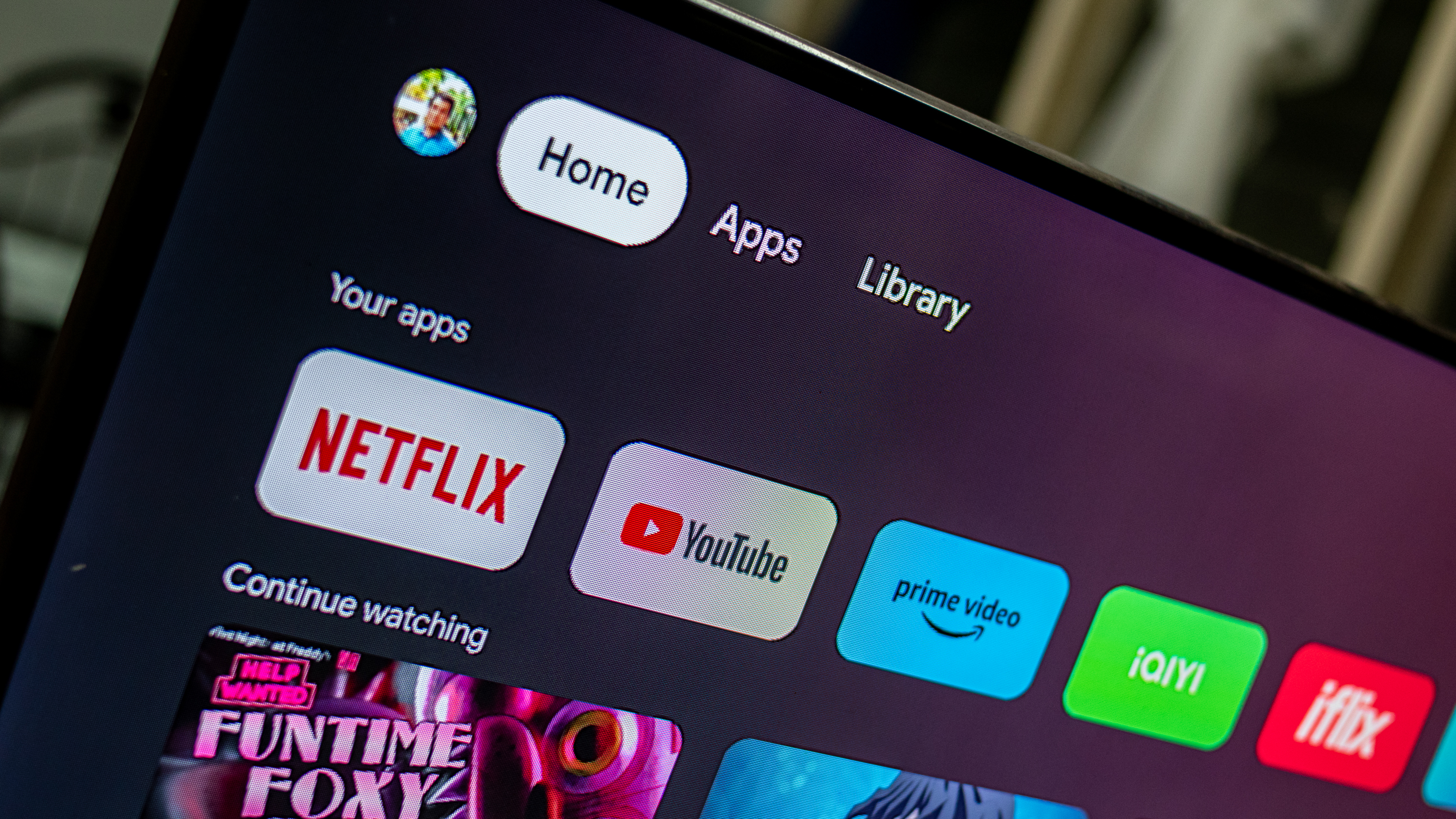
At a glance
1. Best overall
2. Best with Google TV
3. Best value
4. Best premium model
5. Best for gaming
6. Best OLED Android TV
Honorable mentions
How to choose
You're shopping for the best Android TVs the market currently has to offer. But "best" can be subjective. For example, is 4K enough, or do you want specific perks like HDMI 2.1, Dolby Vision/Atmos, or local dimming zones? Do you want an LCD or an OLED? Are you OK with the older Android TV OS, or do you want an upgrade to Google TV? Most importantly, what's your budget? We've gathered our top picks to appeal to as wide an audience as possible, so you'll find the choice that's right for you.
Overall, the Hisense U8H powered by the Google TV platform rivals many TVs that cost hundreds more. You get hundreds of dimming zones with 336 on the smallest screen with great HDR support including Dolby Vision and HDR10+. For gamers, support for variable refresh rate and automatic low-latency mode makes it easy to switch between video and gaming content on your console. Of course, that barely scratches the surface, so keep reading to see all the best Android TVs available today.
At a glance
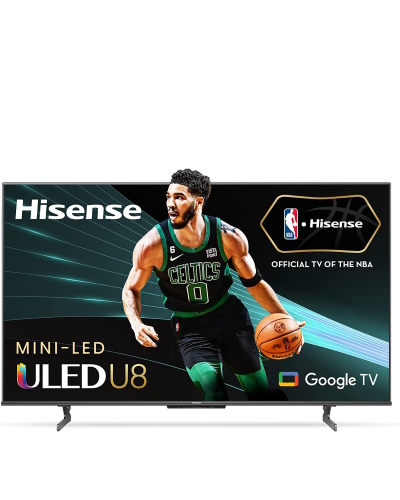
Best overall
The Hisense U8H series offers great picture quality thanks to its mini LED screen, delivers quality audio without any extra equipment, and supports Dolby Vision and HDR. It's the best Android TV overall.
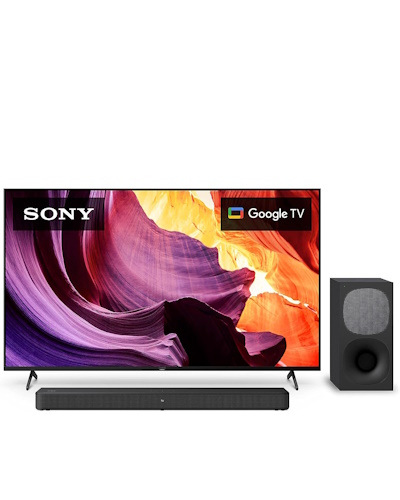
Best with Google TV
Google TV has a different interface from "regular" Android TV and many people prefer it. If you want this style of user experience, the Sony X80K is your best bet.
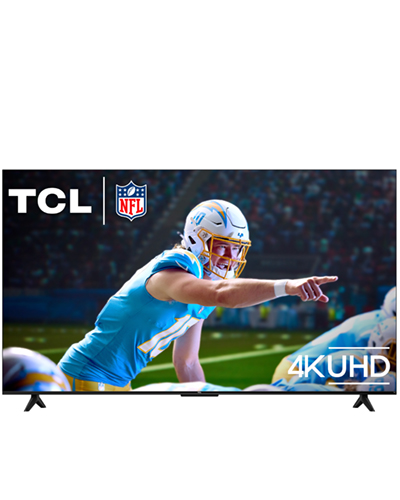
Best value
Features like Dolby Vision and HDR support make the TCL S Class televisions a great buy at a great price. The picture quality continues to improve offering excellent value.
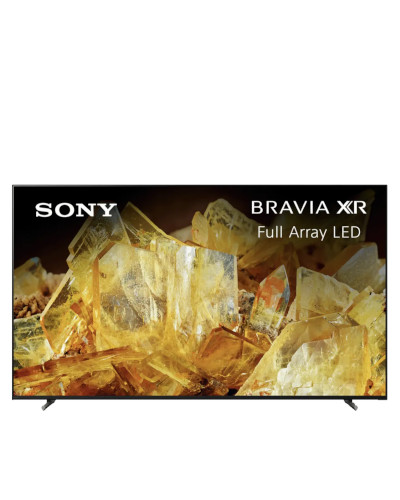
Best premium model
If you want one of the very best Android TV sets available, the Sony Bravia X90L series is a great place to start. This TV has strong color accuracy with a bright backlight.
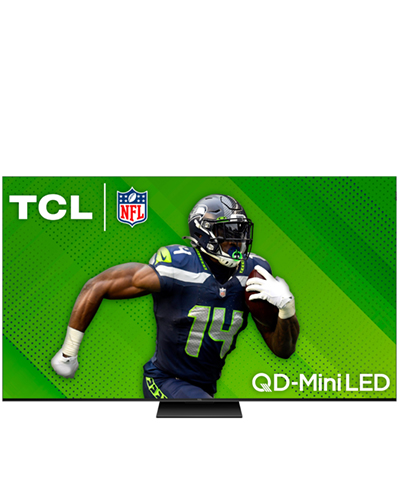
Best for gaming
With next-gen gaming perks like 4K@144Hz, Auto Low Latency Mode (ALLM), and Variable Refresh Rate (VRR) TCL's Q Series TVs deliver great gaming without emptying your wallet.
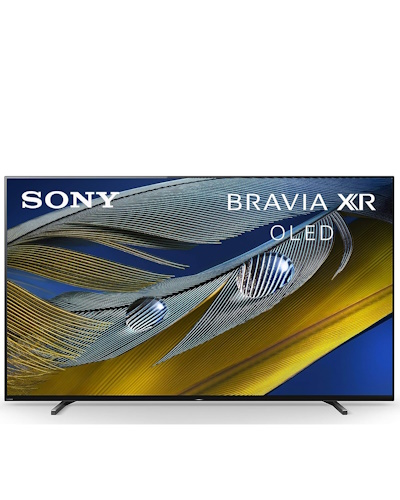
Best OLED Android TV
While Mini LED technically delivers a clear picture, a lot of people prefer the true black and high contrast that OLED brings. The good news is that you can get a great OLED Android TV.
Best overall
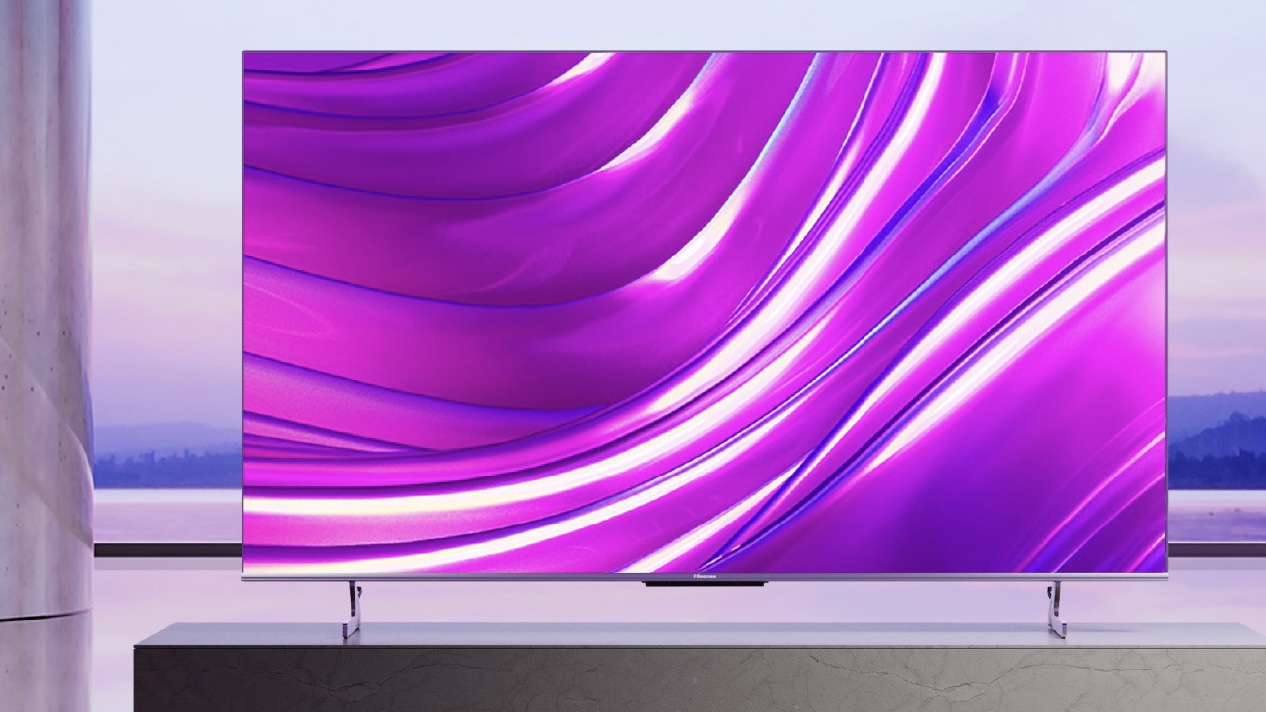
1. Hisense U8H Mini-LED
Our expert review:
Specifications
Reasons to buy
Reasons to avoid
The Hisense U8H series should be at the top of your list if you're shopping for a Smart TV with Google TV. This is a mini-LED TV meaning it has hundreds of dimming zones allowing for greater image contrast that brings LCD TVs closer than ever to the contrast possible on OLED. The 55-inch model has 336 dimming zones while the 65-inch model takes that up to 504 zones. There's also a 75-inch model with 528 zones. This mini-LED tech makes this a great TV for HDR content which is supported via Dolby Vision, HDR10, HDR10+, and HLG.
Hisense has even included WI-Fi 6E so your TV will have the most optimal connection possible to eliminate buffering once and for all. Hisense also worked to address one of the greatest weaknesses of flat-panel TVs, the audio. Two 10W speakers make up your left and right channels with a 20W subwoofer in the center of the back of the TV. If you're looking for TV audio with more bass and don't have the space for a soundbar, the U8H series might be the solution you've been looking for.
If you're a gamer, Hisense has you covered as well with up to 4K 120Hz input on two HDMI ports with variable refresh rate (VRR) support and auto low-latency mode (ALLM). Paired with a PC or modern console like PS5 or Xbox Series X, the TV will automatically switch to the optimal mode for gaming and can keep the image looking smooth, even on demanding games that don't quite hit their frame rate targets all the time.
Bottom line: Hisense knocked it out of the park with the U8H This TV looks amazing, has ample features, supports modern gaming with VRR and ALLM, and comes in at a reasonable price.
Attribute | Quick look | Score |
|---|---|---|
Display | Bright and crisp quality, almost as good as OLED and plenty of extras like Dolby Vision and HDR 10+ | ★★★★☆ |
Ports and connectivity | Plenty of useful ports, Google TV, and smart assistants | ★★★★★ |
Audio | Great speaker setup with Dolby Atmos | ★★★★★ |
Price | Spectacular pricing that makes up for everything that's missing | ★★★★★ |
Best with Google TV
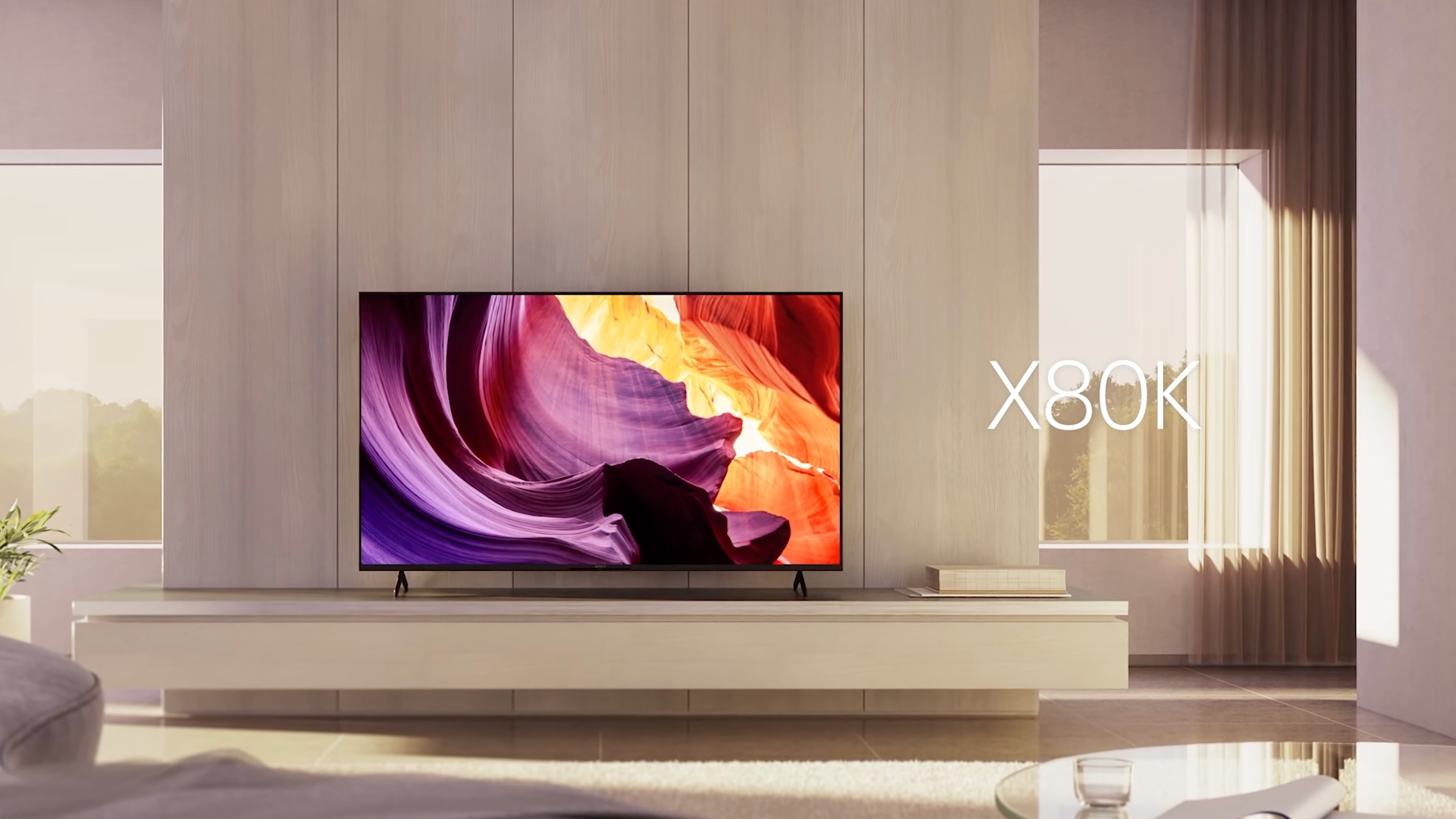
2. Sony X80K
Our expert review:
Specifications
Reasons to buy
Reasons to avoid
If you don't think the Hisense U8G Quantum will be a good fit for you, another solid alternative for the best Android TV is the Sony X80K. This replaces the Sony X80J, as the company has released its new lineup of TVs for 2022. It's a slightly less premium television, and while that does mean a lower price, the added value could be worth it for some buyers. Plus, it's updated with Google TV, which loads faster and is more reliable than the older Android TV interface.
The Sony X80K is a 4K LED television with HDR and Dolby Vision. It features Sony's Triluminos Pro display technology for broader and more vibrant colors, along with the X-Reality PRO engine that helps upscale HD content to 4K. Powering all of this is the Sony X1 processor, which delivers one of the best 4K images you'll find in this price range.
Sony also focuses on the audio side of things with the X80K, delivering Dolby Atmos and its custom X-balanced speakers that provide rich sound in a compact form. Other highlights include four HDMI ports for all models and relatively low power consumption across the board.
As a budget TV, the Sony X80K won't have the more powerful specs of a Sony Bravia XR TV (see our later Sony picks). But we'd argue it still holds up as a reliable purchase that won't break the bank.
Bottom line: Not entirely sold on what the U8G has to offer? Sony's X80J is another great option. But, again, there are different size options to choose from, it's more energy-efficient, and the picture is gorgeous.
Attribute | Quick look | Score |
|---|---|---|
Display | Great image production for LED, 4K output | ★★★★☆ |
Ports and connectivity | Google TV onboard and versatile array of ports | ★★★★★ |
Audio | Built-in speakers with Dolby Atmos sound good | ★★★★☆ |
Price | Competitive pricing makes it super affordable | ★★★★★ |
Best value
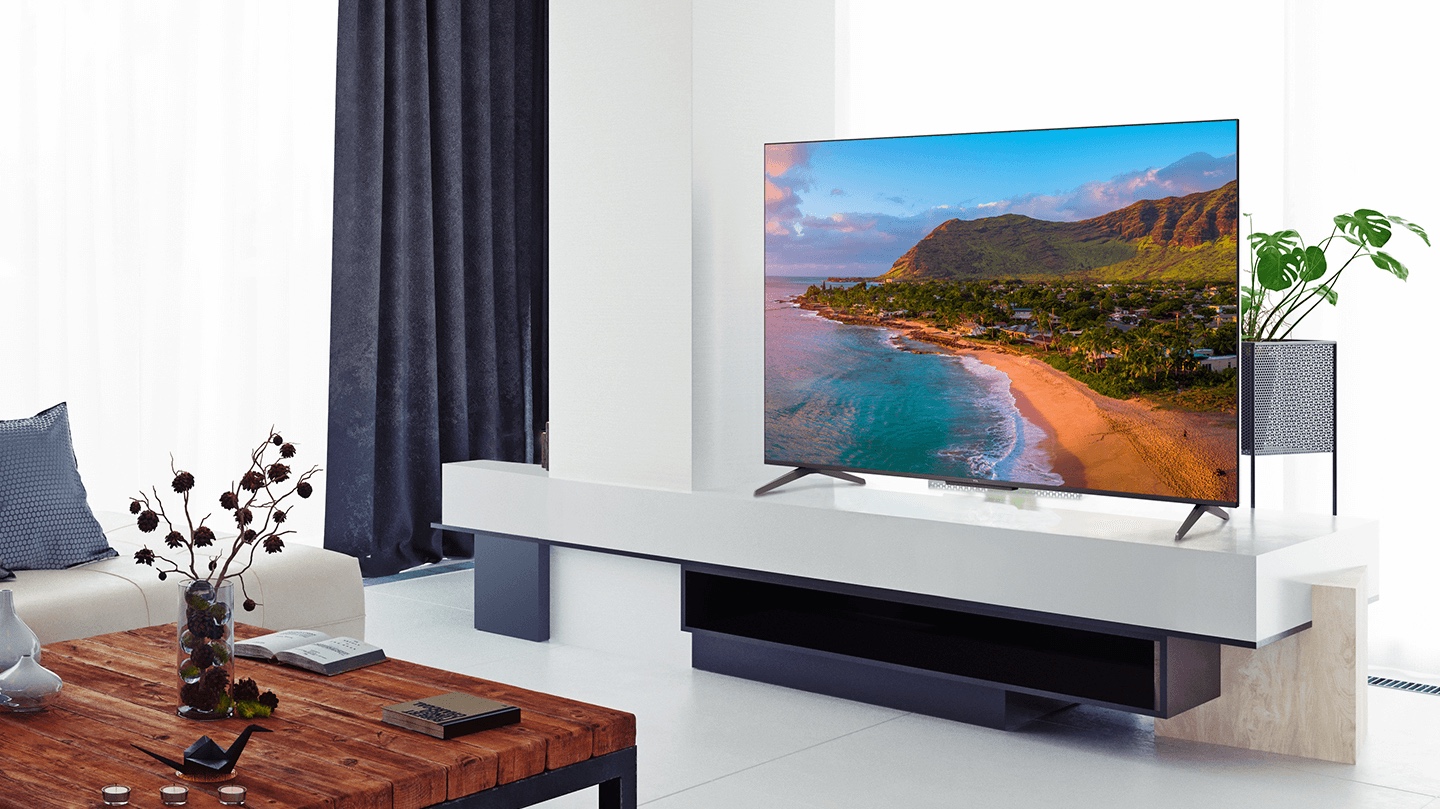
3. TCL S Class
Our expert review:
Specifications
Reasons to buy
Reasons to avoid
The TCL S Class is a more affordable alternative to the company's pricier Q Class lineup without giving up any of the best features you would expect in a modern TV. This 4K TV comes in no less than six different sizes, all with HDR support including Dolby Vision, HDR10, HDR10+, and HLG. You also get ALLM so your TV can automatically switch to gaming mode with a modern game console. VRR works well and these TVs prove surprisingly effective for gaming performance in spite of less contrast for titles with a lot of dark scenes.
You lose out in color and clarity compared to the Q Class, but these TVs can control color, clarity, and contrast through TCL's AIPQ processor to make the right adjustments based on what you're watching. Just bear in mind the best viewing angles are narrower here compared to better TVs. You get three HDMI ports, one of which supports eARC to make connecting a soundbar as easy as possible. This might be necessary given these TVs come with underwhelming 10W speakers.
One thing to note is this TV runs on Google TV, not the other Android TV interface. That includes Google Assistant included and you should have good speeds with 5GHz Wi-Fi 5 support. There are also versions available running Roku as the built-in smart TV platform, so make sure you're buying the right version when you check out.
Bottom line: TCL may not always appear as slick as other brands but it's hard to match the value you get for what you pay. The TV touts a 4K resolution, HDR support, and three HDMI ports. No matter which size you get, the S Class is incredibly affordable.
Attribute | Quick look | Score |
|---|---|---|
Display | Lovely QLED Natural Motion 4K screen, mid-range color and clarity | ★★★★☆ |
Ports and connectivity | Nice selection of ports, Google TV and Google assistant | ★★★★★ |
Audio | Poor quality speakers aren't up to the mark | ★★☆☆☆ |
Price | Overall decent value for money | ★★★★☆ |
Best premium model
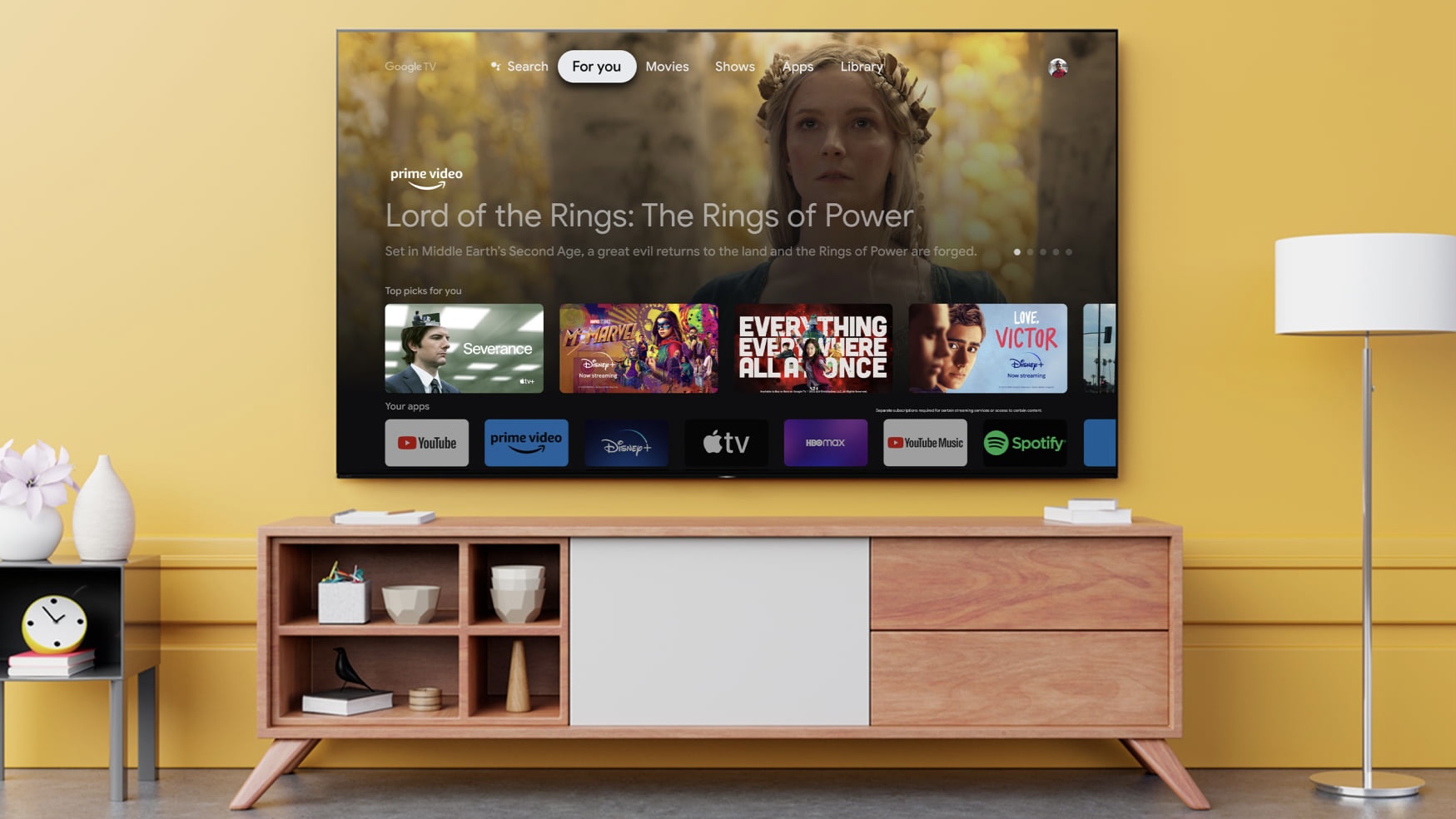
4. Sony X90L
Our expert review:
Specifications
Reasons to buy
Reasons to avoid
On the opposite end of the price spectrum, we're met with the Sony X90L. While not as premium or pricey as some others, like OLED TVs, this TV punches above its weight with excellent picture quality, plenty of brightness, and gaming modes with variable refresh rates and 120fps support.
The X90L is more than a simple LED-lit panel with full array local dimming and impressive colors. It also has Sony's love-it-or-hate-it XR image processing. Whether you enable Sony's scaling features or not, you'll get an excellent picture with this TV for less than an OLED model. With a 4K panel and 120Hz support, this is a great TV for gaming on PS5 or PC with auto low latency mode when it detects a gaming machine, and variable refresh rate to keep games looking smooth if the frame rate drops.
It's loaded with Google TV, so you'll get all of the apps and a familiar interface if you're coming from another Google-powered TV. You get passthrough to pair with the best soundbars, but the TV itself has two side tweeters that direct sound to match the action. So the X90L is the complete package.
Bottom line: The Sony X90L gives you a serious upgrade on our favorites if you're willing to spend twice as much. From HDMI ports for 120Hz next-gen gaming to superb visual quality, this LED TV gives you a quality experience without costing as much as an OLED. Plus, it has the latest Google TV interface.
Attribute | Quick look | Score |
|---|---|---|
Display | Impressive colors and snappy 120Hz make it ideal for gaming | ★★★★★ |
Ports and connectivity | Supports all the apps you'd want thanks to Google TV, good number of ports and connectivity options | ★★★★★ |
Audio | Pleasing audio specs with Dolby Atmos and stereo sound | ★★★★☆ |
Price | Relatively expensive, though not as pricey as OLED TVs | ★★★☆☆ |
Best for gaming
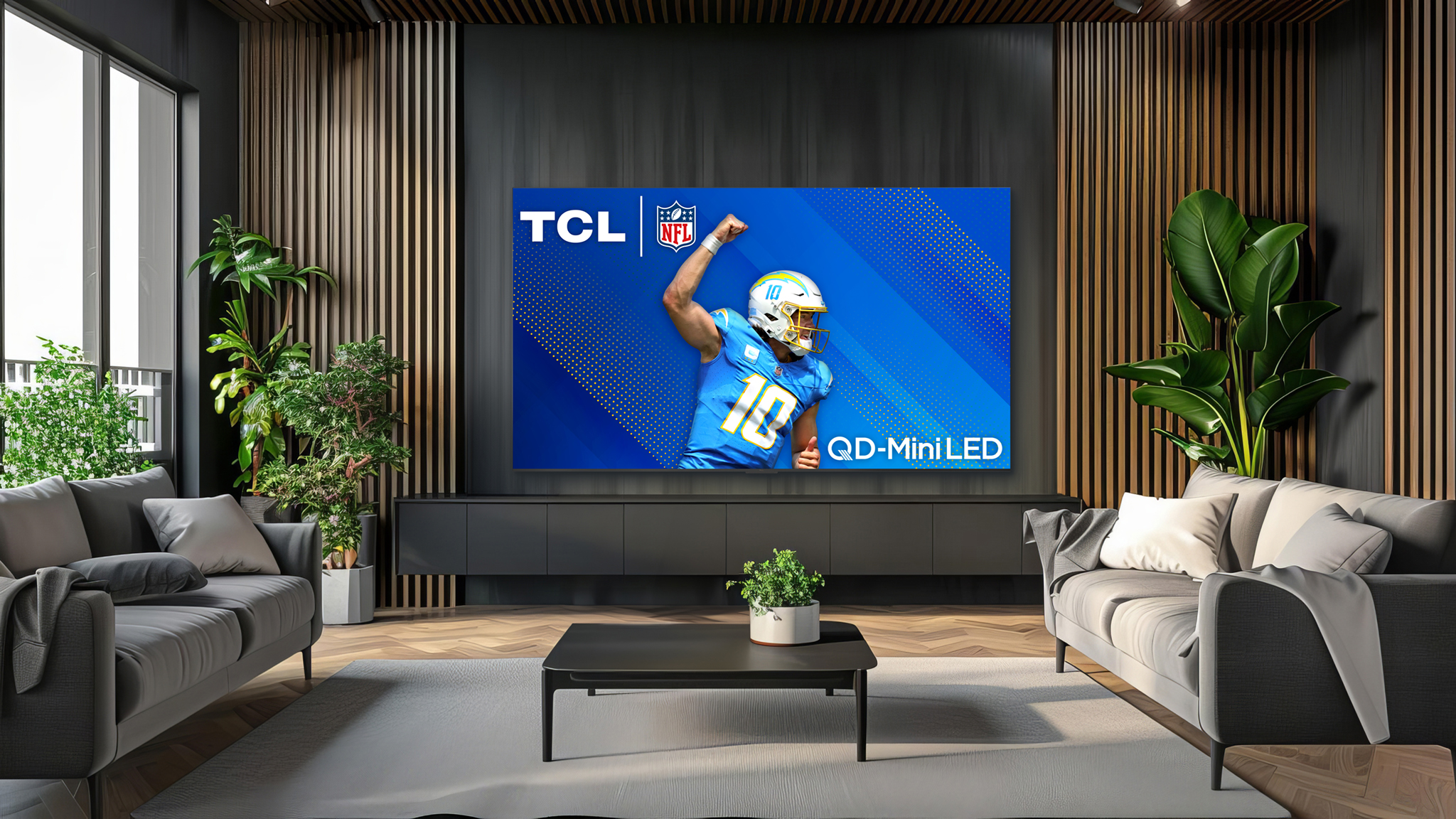
5. TCL Q Class
Our expert review:
Specifications
Reasons to buy
Reasons to avoid
To be fair, the Q Series weren't specifically built as gaming TVs, but when you look at how much brighter, clearer, and smoother they are, the various gaming features inside make more sense. The best gaming consoles present better visuals these days, and they're guaranteed to look even better with what you get here. TCL's AIPQ processor helps the cause by making color and clarity adjustments, but the chipset is also smart enough to know when you're gaming and sets things accordingly that way too. With HDMI 2.1, you'll enjoy better bandwidth allowing for transfer rates up to 48 Gbps, along with vastly improved Dynamic HDR and eARC.
To take your picture quality even further, TCL is making use of its Mini-LED display technology, which delivers an incredible contrast ratio, along with increased local dimming. Higher brightness only makes local dimming look better with these TVs by increasing contrast and wider color reproduction. They won't match more expensive models from other brands, but there's still serious value here.
In addition to the gaming benefits offered by TCL's latest budget-friendly TV, there are a bunch of extra features packed into this TV. Google TV powers all of your media streaming needs, and the Q Series sports a built-in microphone for hands-free Google Assistant or Alexa activation. This also means that you'll be able to use the built-in Chromecast if you (or someone else) want to show off a quick video or photo montage from their phone.
Bottom line: Want next-gen gaming perks like 4K@144Hz, Auto Low Latency Mode (ALLM), and Variable Refresh Rate (VRR) without paying a couple of grand? That's exactly what you'll get with the TCL Class Q Series thanks to its Mini-LED display panel, and a whirlwind of built-in features.
Attribute | Quick look | Score |
|---|---|---|
Display | Spectacular screen refresh rate is perfect for gamers, colors aren't lively enough | ★★★★☆ |
Ports and connectivity | Smarts like Alexa, Google Assistant, and Google TV; not as many ports as competitors but sufficient for most | ★★★★☆ |
Audio | Boasts Dolby Atmos but sounds mediocre | ★★★☆☆ |
Price | Cheerfully cheap, especially the smaller size options | ★★★★★ |
Best OLED Android TV
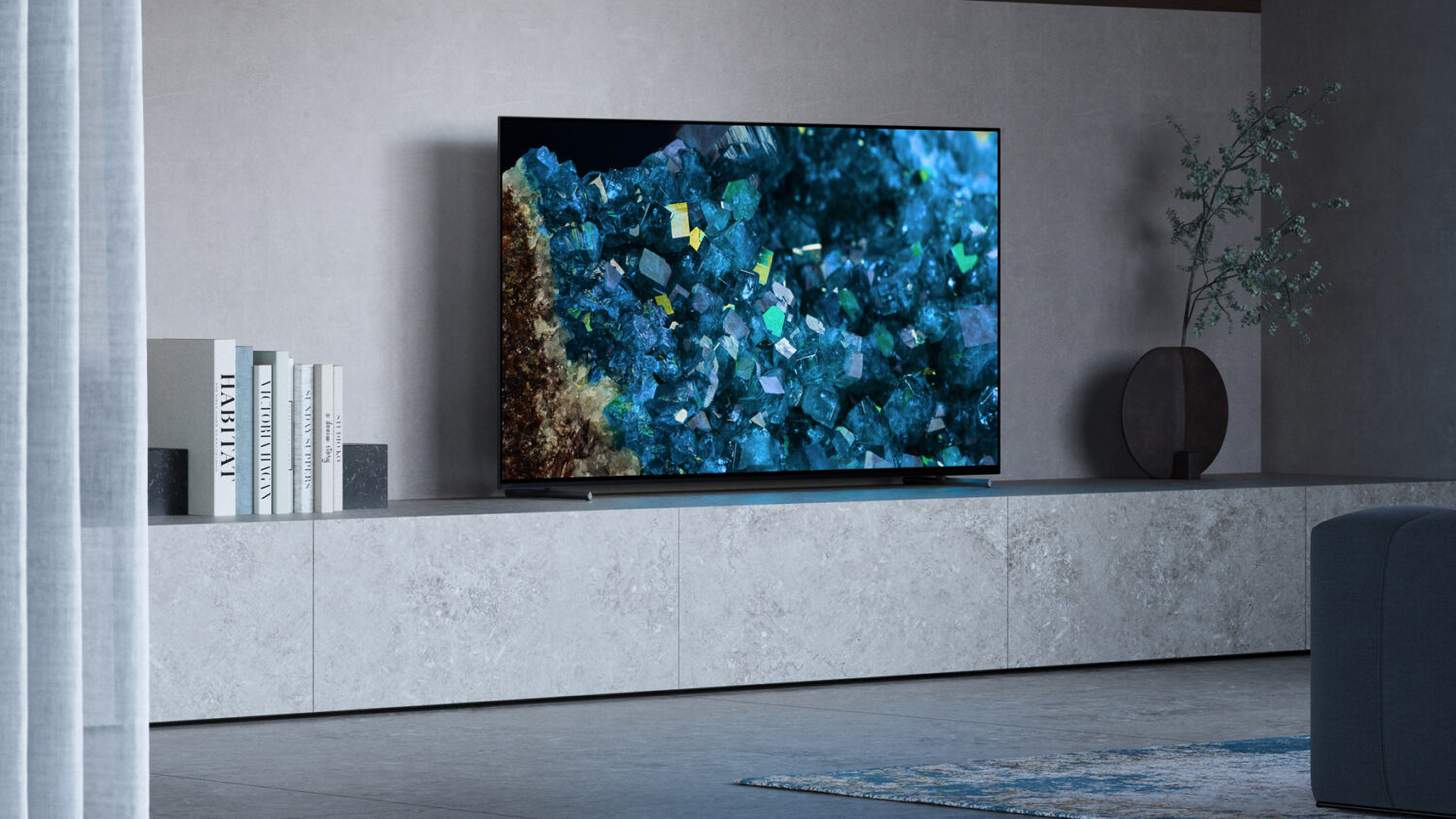
6. Sony A80L
Our expert review:
Specifications
Reasons to buy
Reasons to avoid
Just about every Android TV on this list uses an LED display. LED displays are the most common technology for just about any TV. Still, if you have a lot of cash burning a hole in your pocket and want access to the best picture possible, you want an OLED television — specifically, the Sony A80L.
Sony did everything it could to give the A80L a heart-stopping picture, and it certainly succeeded. The OLED panel allows the TV to have incredibly rich and deep blacks, in addition to extremely vibrant colors. Otherwise, it has similar perks to the 2021 X90J listed above: a super-fast processor that automatically upscales and optimizes the video, removes blur for fast-moving content, and converts soundtracks to 3D audio. Play next-gen consoles connected to HDMI 2.1 ports or stream movies with Dolby Vision/ Atmos or HDR10.
This slot belonged to the Sony A80J, the 2021 predecessor with similar brightness and color performance at a lower price, plus a recent patch to Google TV. It's less available than it used to be, but you can save a few hundred bucks if you don't need HDMI 2.1 or the new XR processor. Or, if you're truly loaded, you can upgrade to the A90 series or X90 series.
Bottom line: OLED still beats every other TV type for deep blacks, contrast, and viewing angles, which is why it costs so much more than the competition. Compared to our previous pick, the excellent Sony A80J, the A80L adds a more powerful upscaling processor, improved image quality, and better color reproduction. We recommend either, but the pricier A80L is a more future-proofed purchase.
Attribute | Quick look | Score |
|---|---|---|
Display | Mind-blowing colors on OLED, excellent viewing angles | ★★★★★ |
Ports and connectivity | Everything you could want, including exclusive PlayStation 5 mode | ★★★★★ |
Audio | Spectacular sound system with Acoustic Surface Audio+ | ★★★★★ |
Price | Really hard on your wallet | ★★☆☆☆ |
Other products we tested
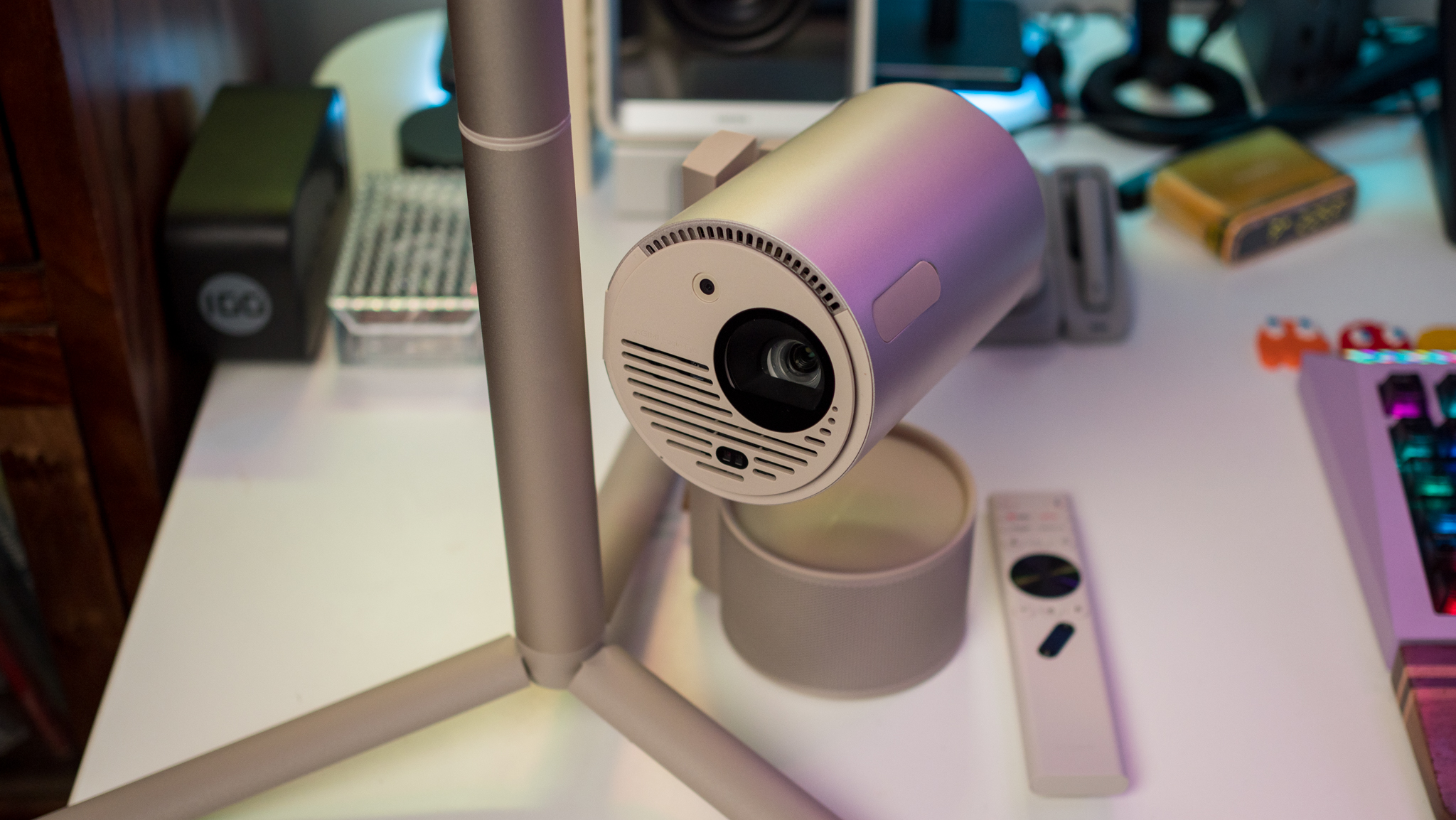
Traditional Android TVs are great, but they aren't always ideal for small rooms or apartments. It's unorthodox, but I recommend a high quality Android projector as a solution. Instead of trying to fit a large TV in a bedroom that is already pretty cramped, I got an XGIMI projector instead and it was a marvelous solution.
If you think you would benefit from the space-saving advantages of a projector as an Android TV replacement, here are some of our favorites based on our testing.
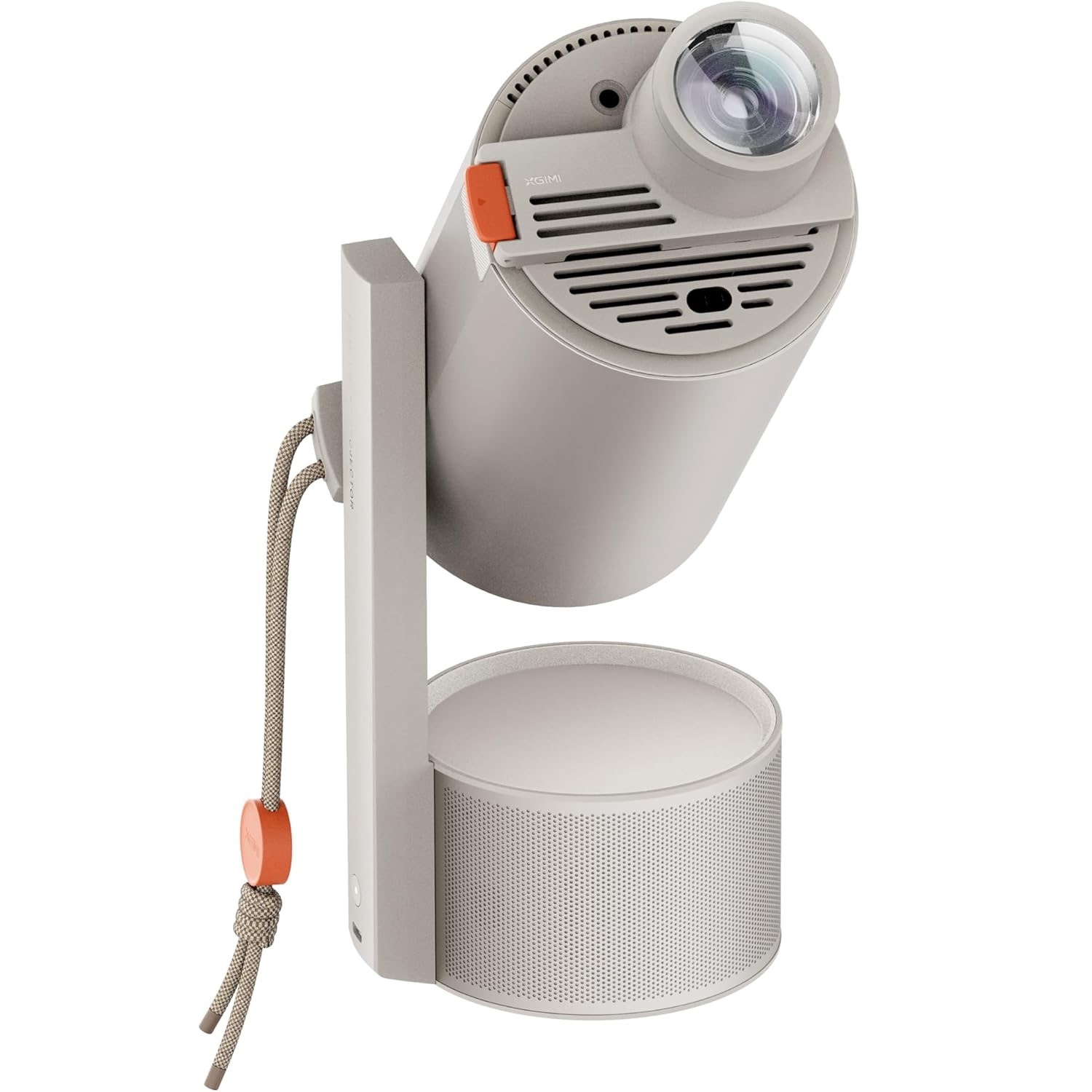
The gold standard
The XGIMI MoGo 3 Pro is compact, affordable, and comes with Google TV pre-installed. You can install all your favorite Android TV apps, including Disney+ and Netflix. This amazing projector comes with premium features like dual 5W Harman Kardon speakers and Dolby audio, as well as a built-in stand. The picture quality is crisp and bright and it's powered by USB-C, so you can use any high-capacity power bank to use it on the go.

Ultimate projector
Can't settle for less? Cash burning a hole in your pocket? The XGIMI Horizon Ultra is an uber-expensive 4K projector with Dolby Vision, which delivers stunning picture quality unmatched by any other projector. It comes with Android TV 11 out of the box and Harmon Kardon speakers. Although it costs a pretty penny, it's an impressive device that's worth your while if you can afford it.
How to choose
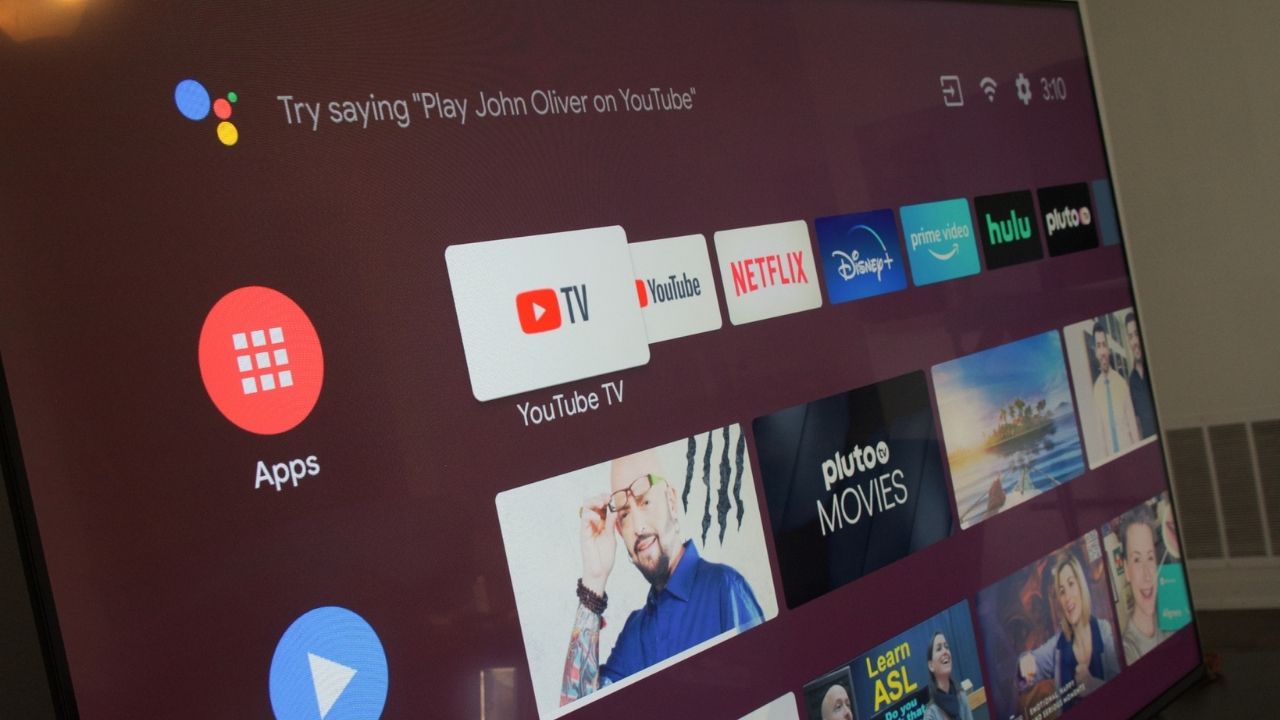
The market for Android TVs may not be as expansive or varied as other ones out there; you're mostly restricted to a few brands like Hisense, Sony, and TCL. But these brands give you a wide enough range of prices, features, and upsides that you should be able to find a model that checks every personal box.
Out of everything currently available, we think the Hisense U8G Quantum is the best Android TV you can buy in 2024. As we've already explained, it brings a combination of great specs, useful features, and a relatively affordable price all in one package. That mix of everything is what allows it to stand out from the competition, and it's a setup that Hisense should be proud of. The U8G is a joy to use, offering an incredible 4K picture with all the fixings — HDR, Dolby Vision, etc. Its Android TV interface runs great, there are plenty of HDMI ports for all of your gadgets, and Dolby Atmos helps elevate your audio.
But despite all that, the U8G may not be the best Android TV for you in particular. You may need a lower price or could be willing to spend more for a visual upgrade. Hisense has adopted some of the best modern features without a ballooning price tag. While its mini-LED backlighting won't quite stand up to a modern OLED, it gets close enough to deliver some incredible HDR results.
What is Android TV?
Why you can trust Android Central
Android TV is a custom version of Android that Google created specifically for TVs, giving you quick and easy access to all of your favorite streaming apps. Just like Roku or Amazon Fire TV, you can use Android TV to watch shows from Netflix, Hulu, Disney+, YouTube TV, and plenty more. However, there are a couple of tricks up Android TV's sleeve that you won't find anywhere else.
For starters, it has Chromecast support built right in. If you're on your phone watching a video, looking at pictures in Google Photos, or something else, just tap the Chromecast icon on your phone to send the image/video right to your TV. You can also use your Android phone as a TV remote.
Google Assistant is also available, and it's accessed by using the Google Assistant button on the remote that comes with your TV. You can use the Assistant just like you would on your phone or smart speaker, meaning you can ask about the weather, control smart home devices, check your calendar, and virtually anything you can think of.
Finally, you get access to a lot more apps than other streaming platforms from the Google Play Store — about 700,000 by the last Google estimate. As a result, your Android TV will be a lot more versatile than most other platforms.
Should I buy an Android TV or a streaming box?
Instead of buying televisions with Android TV built into them, you can buy one of the best Android TV boxes and attach it to virtually any TV. So, is it better to build Android TV into your TV itself, or is a streaming dongle like Chromecast with Google TV good enough?
If you're already planning on buying a new television, you might as well get one with Android TV built-in. This list is proof that there are a ton of great options out there for all sorts of budgets, and since Android TV is already included, you can start watching your favorite shows and movies right out of the box.
However, if you already have a TV working perfectly fine but want to experience Android TV for yourself, going with a streaming box makes much more sense. It plugs into your TV via an HDMI cable, and once it's all hooked up and ready to go, it gives your old TV the Android TV interface you get on one of the TVs featured here.
You could buy a streaming box with Google TV and upgrade an Android TV-only television if you wanted. Or you could buy one of the best 4K TVs for Chromecast and just attach the $50 dongle to it. So you have plenty of options.
What is Google TV and is it different from Android TV?
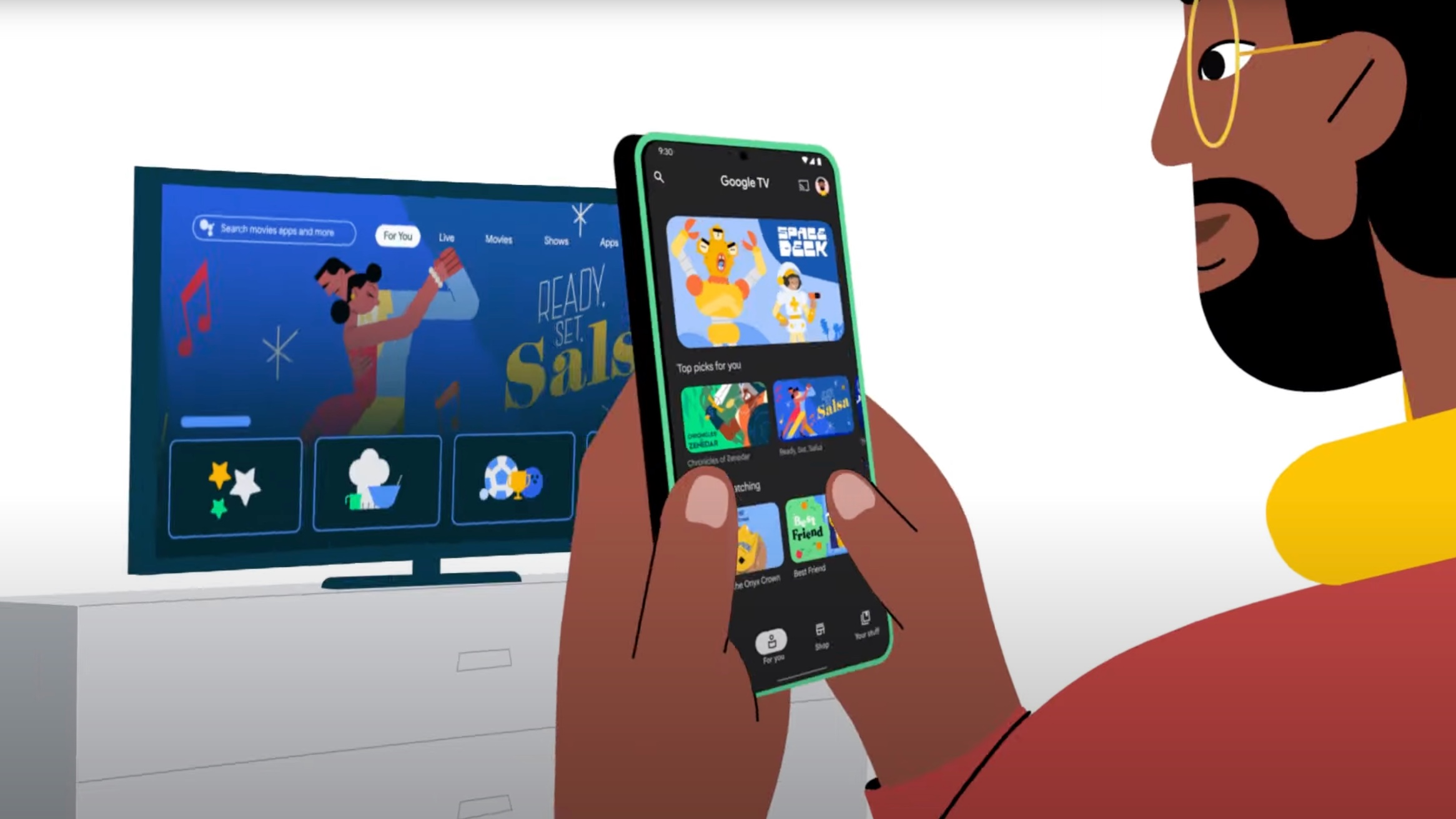
We have a full explainer on Google TV vs. Android TV, but here's the gist: Google TV is a refresh of Android TV built off of the same foundation. So you'll get the same apps with either platform, but a streamlined and improved navigation experience with Google TV.
Beyond that, Google TV has improved AI features that follow what you watch to provide better recommendations. While Android TV focuses on your favorite apps, Google TV will push your favorite shows onto the home page regardless of the app, while also recommending new ones. This will appeal to people who can never decide what to watch, while others will find these recs unnecessary.
Google TV isn't strictly necessary for people who already love Android TV. In fact, Google has already updated Android TV to give it some of Google TV's recommendation tools. But Google will put more effort into perfecting the new interface, while the old one will probably get buggier and staler over time. So it makes sense to upgrade to Google TV if it's an option.
What's the difference between LED, ULED, and OLED?

Throughout this article, we mention a few different display types available for Android TVs — specifically, LED, ULED, and OLED. If you aren't entirely sure what these things mean, we've got you covered.
LED stands for "light-emitting diode," and it's the most common type of TV display. The panel itself is referred to as an LCD one, and it's an array of pixels that create the final image you see after a backlight shines through them. With an LED display, every pixel is lit up when used — even when there are black or dark colors on the TV.
ULED is an evolution of LED screen technology and stands for "Ultra Light Emitting Diode." It's a type of screen technology used specifically by Hisense, with the main benefit over LED being how the screen is illuminated. ULED screens offer great local dimming, which translates to less light bleeding/halo effects when there's a bright image on a dark background. ULED also gives you a wider color gamut for a more vibrant overall image, along with smoother animations. The Hisense U8G Quantum isn't lagging with its 120Hz refresh rate but can also mimic 240Hz playback thanks to its Motion Rate 240 feature.
As for OLED, this is the highest-end and most expensive type of TV display currently available. OLED (or "organic light-emitting diode") panels don't require a backlight for the pixels to create the image you see, seeing how OLED pixels can produce color and light independently. Compared to an LED, the biggest benefits of an OLED panel are more vibrant colors and deeper blacks.
Since the pixels of an OLED TV work individually, the entire screen doesn't light up for every image you see. So, if you're watching something with a lot of black colors, those pixels in the black area are actually turned off — making your content much more engaging and lifelike. However, OLED TV panels are costly to produce, which is why the Sony A8H costs as much as it does.
How many HDMI ports do I need?
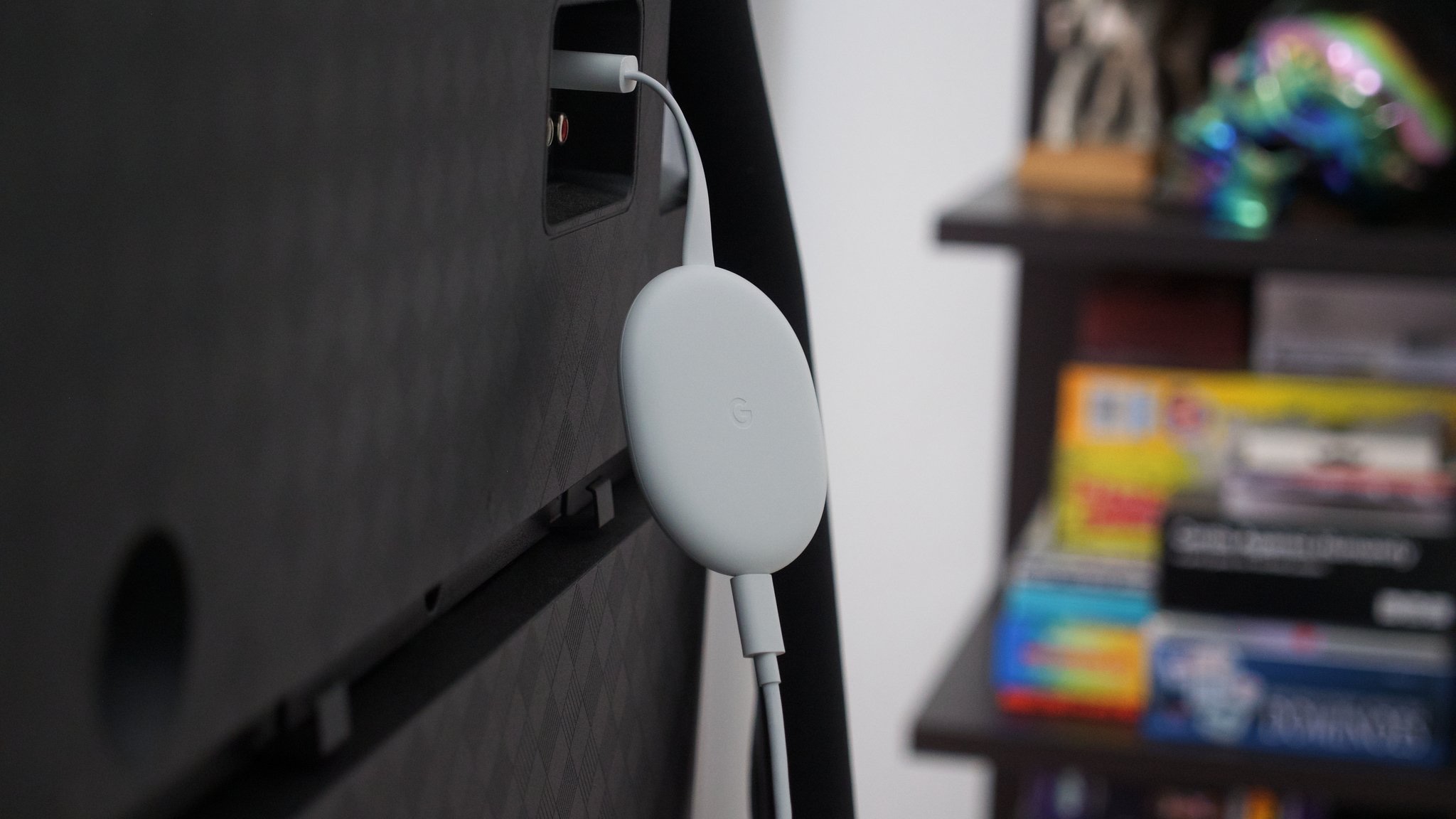
Different TVs come with varying numbers of HDMI ports, but how many do you need? It all depends on how many devices you plan on plugging into your TV.
Since Android TVs come with the Android TV interface built-in, you don't need a separate streaming box to access things like Netflix and Hulu — thus freeing up an HDMI port you'd otherwise need to use. Game consoles like the PS5, Xbox Series X|S, and Nintendo Switch connect to your TV via HDMI, so if you have any of those, you'll need to make sure you account for them. Some soundbars also connect with an HDMI cable, such as the Sonos Beam. And, if you have a Blu-ray player for local 4K playback, that also plugs in with — you guessed it — HDMI.
Make sure the TV you get has enough for the devices you do have, as there's no way to add additional HDMI outputs after the fact.
Do I need HDMI 2.1?
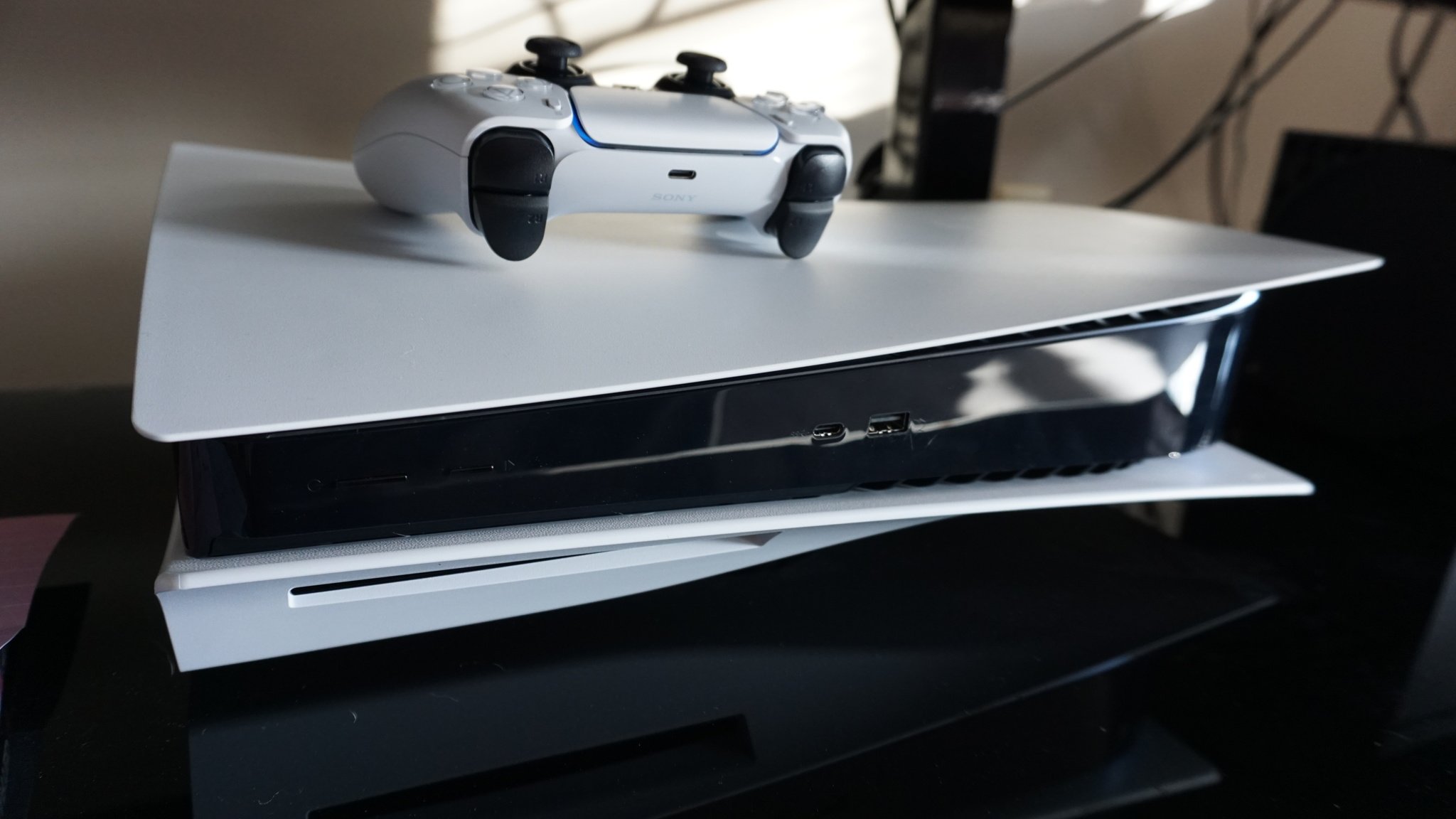
Do you own or plan to own a PS5 or Xbox Series X, or want to use your TV as a PC gaming monitor? If so, yes. If not, most likely no.
HDMI 2.1 is a new spec that allows for 48 Gigabits per second to pass from an external device through the port and input on your television screen. This allows a huge amount of visual data to appear simultaneously, enabling 4K resolution images that refresh up to 120 times per second. HDMI 2.1 also allows for other gaming features like variable refresh rates — where the Hz goes higher or lower based on the current output of the gaming device, improving performance — or auto low latency mode (which reduces gaming lag).
The newest consoles or PCs can take advantage of HDMI 2.1 to run games with the best performance. But older consoles or TV streaming have no use for them. 4K at a lower refresh rate will be just fine for most other contexts. So don't worry if your TV only supports HDMI 2.0 unless you're a serious gamer.
Buying an Android TV might seem challenging at first, but as long as you take your time and know exactly what features and specs to look for, it doesn't have to be. If you decide to get anything mentioned in this guide, you can rest assured you're getting one of the very best ones the market has to offer. Good luck!
More Android TV/Google TV products to consider
More on Android TV/Google TV
- Android TV: The latest coverage
- Google TV: Everything you need to know
- Android TV vs. Roku: Which smart TV platform is right for you?
Get the latest news from Android Central, your trusted companion in the world of Android

Ted Kritsonis loves taking photos when the opportunity arises, be it on a camera or smartphone. Beyond sports and world history, you can find him tinkering with gadgets or enjoying a cigar. Often times, that will be with a pair of headphones or earbuds playing tunes. When he's not testing something, he's working on the next episode of his podcast, Tednologic.
- Andrew MyrickSenior Editor — Smartphones (North America), Chromebooks & Tablets
- Michael L HicksSenior Editor, Wearables & AR/VR
- Samuel Contreras
